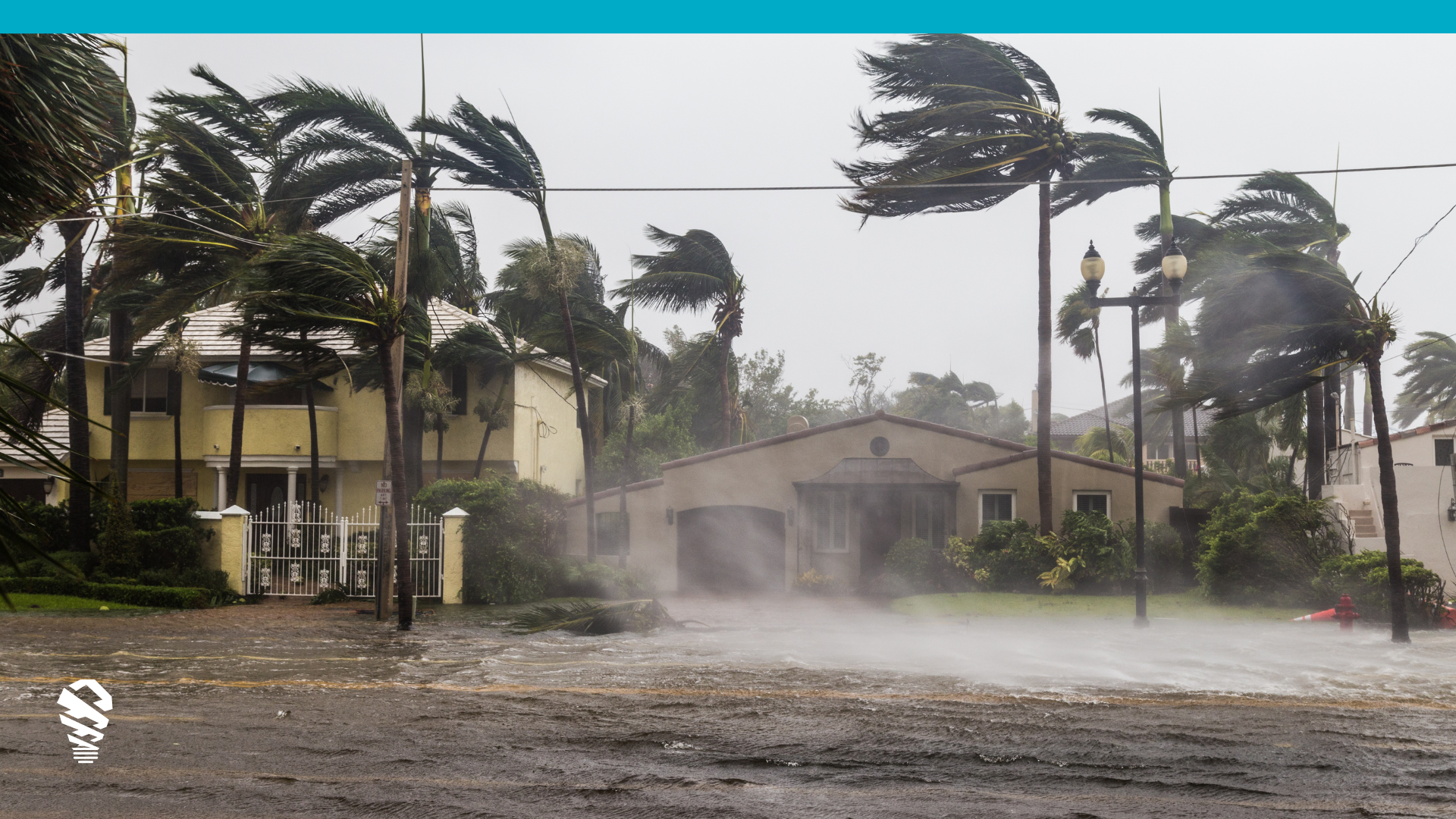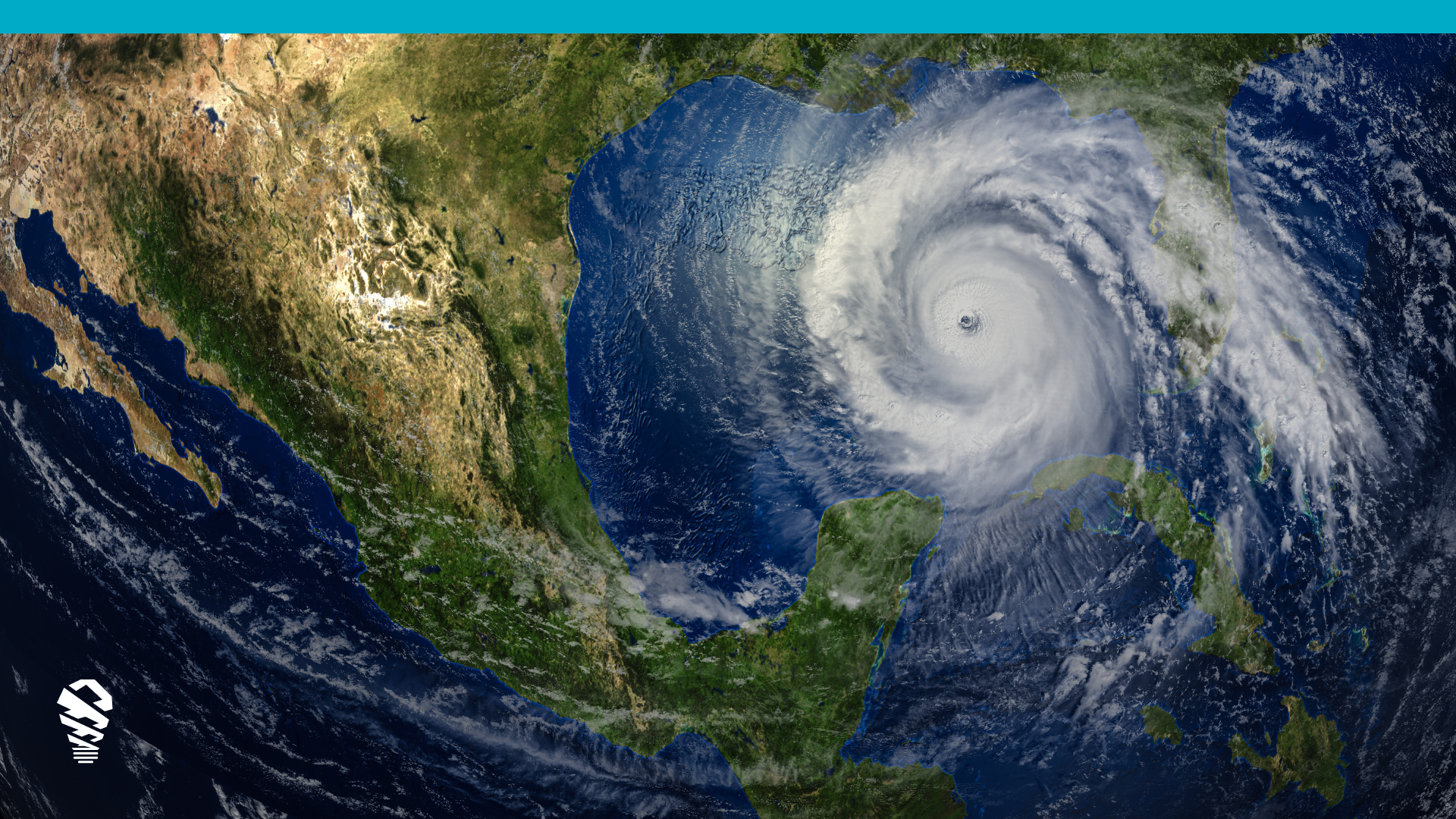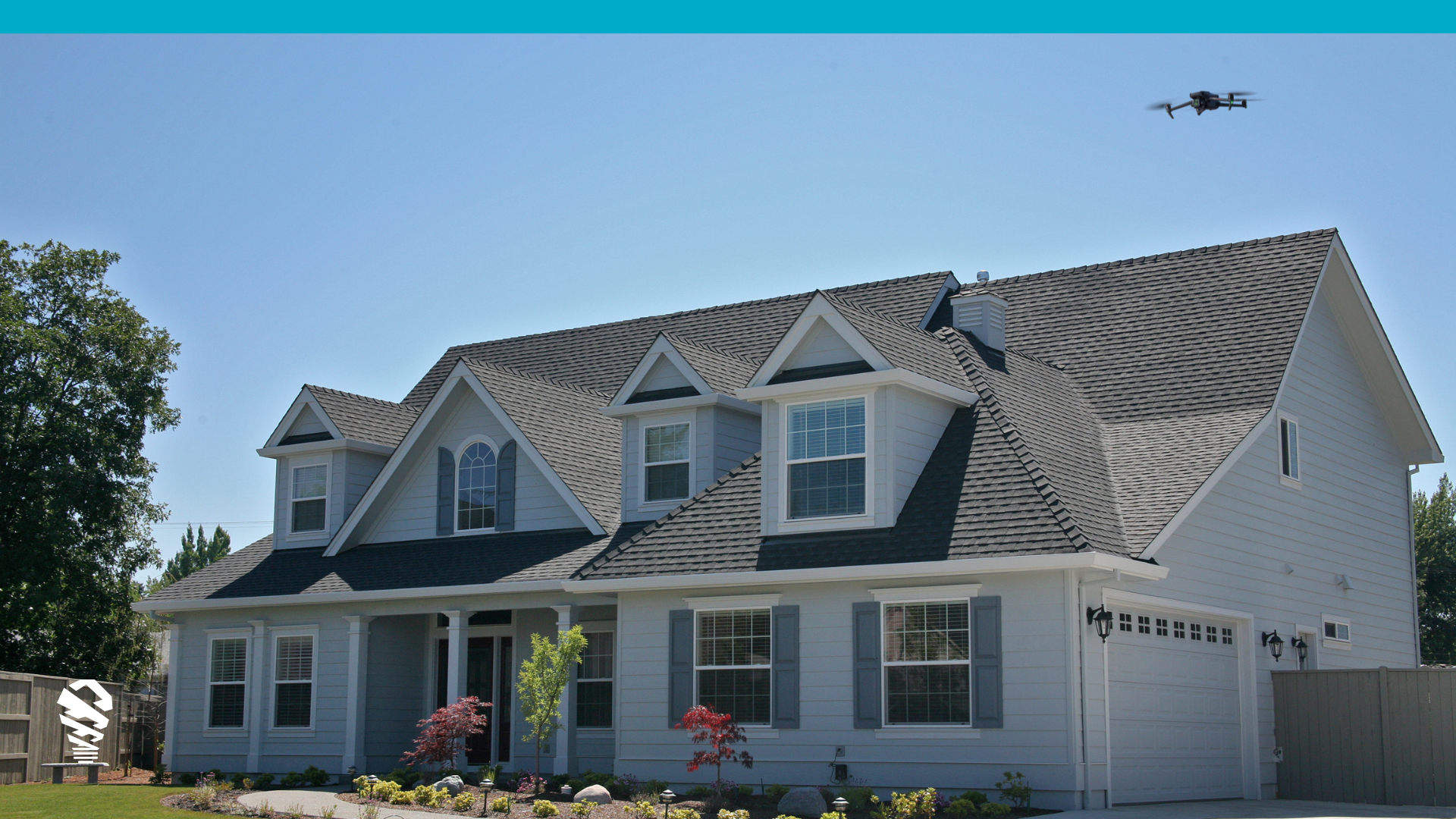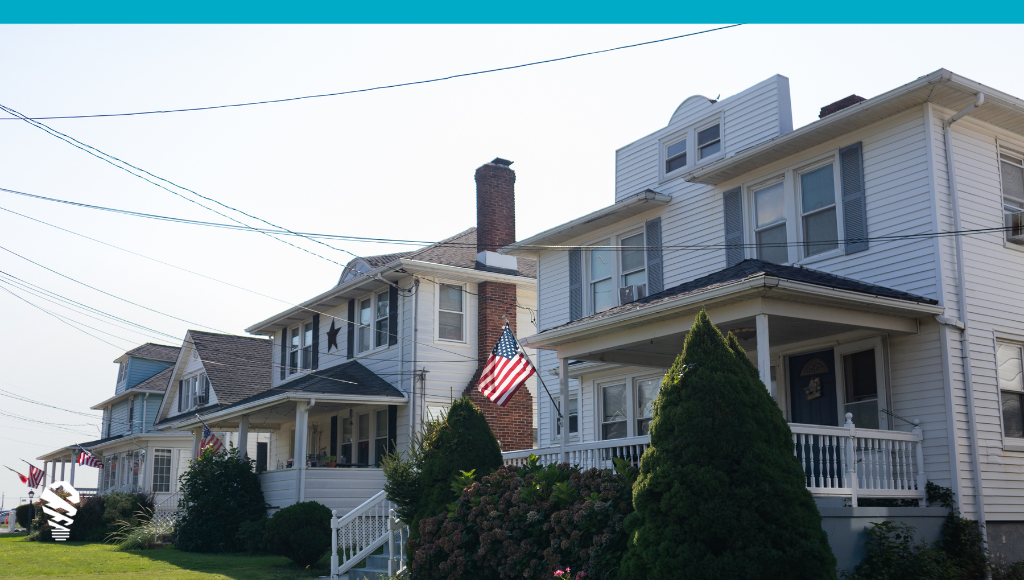The brunt of the wrath from Hurricane Florence might have passed, but as the storms start to settle for residents of the Carolinas, they’re just beginning for CAT responders. Global risk modeling firm RMS estimates insured losses for wind damages to be between $1.3 billion and $2.6 billion and between $700 million and $1.2 billion for storm-surge and inland flooding damages. That’s up to $5 billion in total insured losses from the first major storm of the season.
While storms like Florence continue to cause damage, the landscape of unmanned aerial vehicle (UAV) usage for CAT continues to evolve. Many of these changes could be signs of how the Federal Aviation Administration and other regulating agencies will treat UAV usage for disaster recovery moving forward.
Here’s a quick look at how events triggered by Florence might shape drone-based disaster response for carriers during future large-scale weather events.
Will FAA Flight Waivers Become the Norm for CAT?
The Federal Aviation Administration regulates UAV flights under CFR 14 Part 107, which states that (among other things) unmanned flights must be at low altitudes, can’t be over crowds, and that UAVs must remain within visual line of site (VLOS) of the remote pilot in command. As we learned during Hurricane Harvey, however, the rules for UAV flight become more stringent when first responders need to conduct operations in storm-torn areas. While some drone pilots have been able to gain approval to fly through incident commanders or local officials, there haven’t been any large-scale drone operations approved – until now.
In a huge leap forward for UAV and insurance industries, the FAA granted a first-of-its kind waiver to State Farm, allowing them to better assess damage caused by Florence using aerial solutions. Its noteworthy that State Farm gained approval partially because they were collaborating with the Virginia Tech Mid-Atlantic Aviation Partnership (MAAP), a group that’s been selected as a member of the FAA Integration Pilot Program, which is an FAA program developed to accelerate safe UAV integration. State Farm had a foot in the door with the FAA, but the fact that any carrier received a waiver might be a good indication that more carriers could receive waivers in the future – assuming State Farm and MAAP can prove to the FAA that they can conduct safe operations.
The Problem With Hobbyists
Not all drones are welcome after a severe weather event because unauthorized drone flight can hinder the efforts of first responders. North Carolina Governor Roy Cooper publicly discouraged storm watchers from flying in disaster areas, and the FAA issued a statement saying that drone operators that disrupt response efforts could face up to $20,000 in fines. The FAA has over one million registered UAVs in its database, and as more people start flying, the FAA may need to enforce more stringent regulations for hobbyist pilots, which make up the majority of registered drone users. While the FAA is considering new ways to allow commercial pilots to help out post-storm, they’ll be eyeing ways to keep hobbyist pilots from causing problems. Update 9.28.18: Bloomberg reports that congress may pass legislation requiring even hobbyist pilots to pass a test before flying in order to alleviate security and safety incidents.
Will Drone-Based Damage Assessments Become Standard?
The question isn’t really whether Drone-based assessments will become standard – they already are. Carriers like USAA and Travelers are already using UAVs to handle claims. Travelers alone has nearly 600 trained pilots actively tackling claims with drone-based solutions. Many other top 15 carriers are exploring how drone solutions can impact their workflow for CAT and for day-to-day field adjusting. Since UAVs offer CAT adjusters a more efficient way to safely analyze damage in post-disaster areas, they’re an obvious solution to labor shortages common during CAT scenarios.
So, the real question isn’t whether carriers will use drones as a standard tool, it’s how quickly will the FAA address the need for carriers to get their drones in the sky? As we’ve seen with State Farm’s waiver, the FAA is actively testing new ways to allow drone operators to access the sky following large weather events. The FAA has also been fairly quick to adapt to the increasing number of registered drones, and new initiatives like Low Altitude Authorization and Notification Capability (which allows UAV pilots to more quickly gain access to regulated airspace) are making it easier for commercial pilots to access the skies safely. It’s only a matter of time before the FAA develops processes for allowing carriers to fly in disaster-affected areas, which means carriers should develop a drone program well before the next storm season hits.








